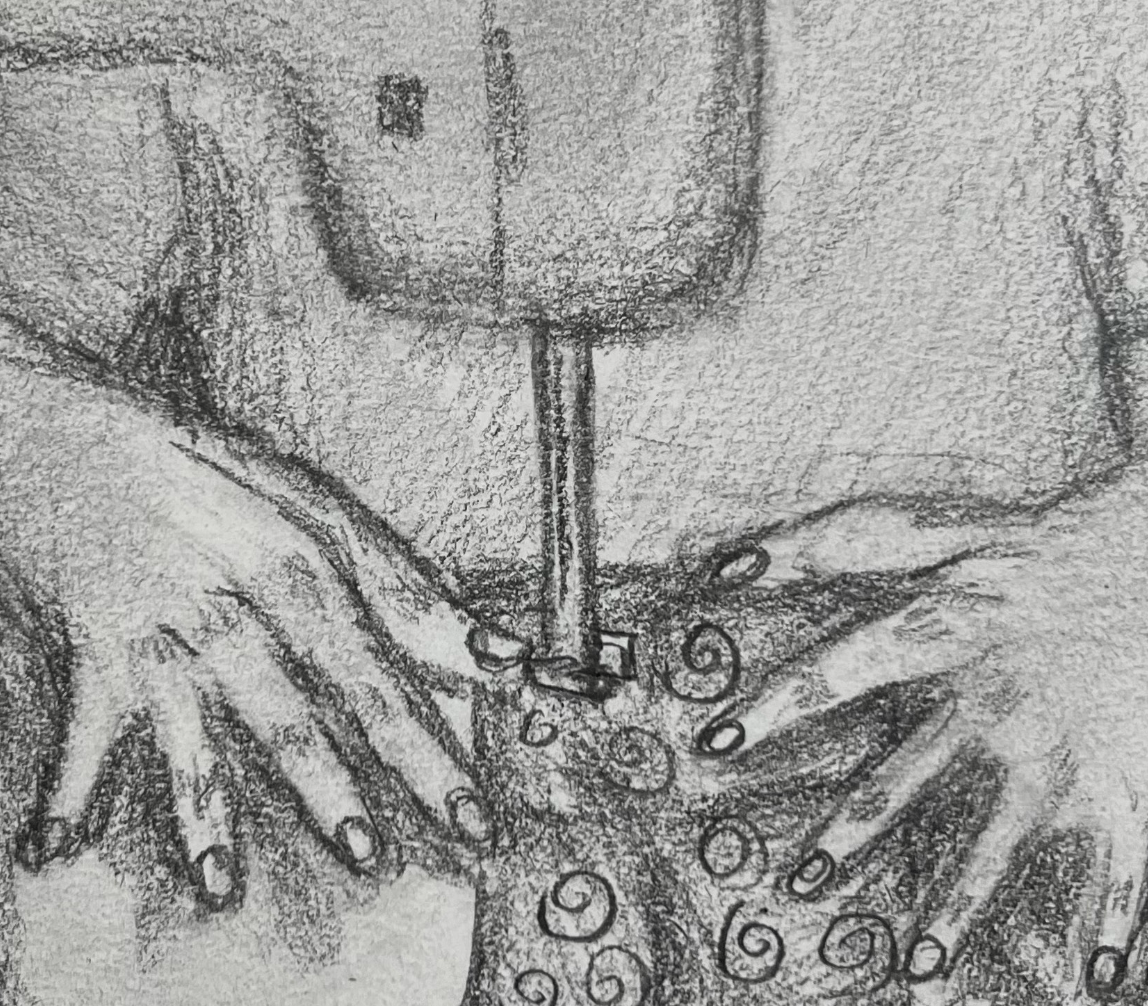This summer, my best friend Eliza Cohen ’25 introduced me to the quintessential movies of the early 2000s. Our cinematic journey included hits like, “Miss Congeniality,” “Mean Girls,” and our favorite, “She’s the Man.” Starring Amanda Bynes and Channing Tatum, “She’s the Man” is more than a typical early-2000s rom-com clad in low-rise jeans and bedazzled flip-phones—it’s a modern twist on Shakespeare’s “Twelfth Night.”
At first glance, “She’s the Man” delivers all the hallmarks of its era, including buzz-cut Channing Tatum. However, beneath the surface of high school antics and mistaken identities, the film serves as an easy communicator of Shakespeare’s timeless themes. Shakespeare can often be more daunting than delightful, especially during dreary eighth-grade dissections of soliloquies. I’ve often questioned the relevance of his 17th-century plays in our modern curriculum: Is Shakjespeare really the genius that our English teachers tell us he is?
“She’s the Man” answered all these questions. The film reimagines Viola, masquerading as her twin brother at a new school, setting the stage for a series of comedic and chaotic love triangles. Instead of a shipwreck, it’s set in a boarding school, and rather than soldiers, Viola joins the boys’ soccer team. Both “Twelfth Night” and “She’s the Man” deal with themes like complex identity, blurring gender lines, and passion. Both works brilliantly explore love, betrayal, and pain through a comedic lens.
“She’s the Man” not only makes Shakespeare more accessible, It enhances the universality of his insights into human emotions and social interactions. The fact that his characters can go through the same journey in two completely different settings and centuries says a lot about his talent in writing. Fantastic 17th-century writing is all well and good in the 17th century, but when you bring these plays into every 21st-century English classroom, there must be a good reason. “She’s the Man” represents how Shakespeare’s writing truly transcends time. The emotional struggles of his hundred year old characters’ are still the ones we face today. Whether it is in the aftermath of a shipwreck or homecoming, we all feel love, confusion, desperation, and pain. Shakespeare was able to convey these timeless aspects of human nature, unfortunately proving all of our English teachers right: He is kind of cool.
This movie also highlights the creativity and talent of current- day actors, directors, and writers. Even though it follows a ready- made plot, the movie takes a lot of artistic license when reimagining classic scenes, such as having Viola meet with Duke at the carnival. Reinventing classics is one of my favorite ways to interpret them because it allows for writers and directors to explore their interpretations of well-known works. There are a lot of classic interpretations, such as “Bridget Jones’s Diary” and “West Side
Story,” that not only do justice to their original work but now have a following and fan base of their own.
It’s so important as a writer to know that it’s possible to honor the amazing stories and writing that came before us while still telling new stories.
Young writers often get the advice to adhere to a certain narrative or write from a specific perspective, but movies like “She’s the Man” show that we can be creative with our interpretations and make three-hundred-year-old stories our own.
Now, when I read Shakespeare, I can see his comedies and tragedies as commentaries on human nature. They are so much more than the passage analysis and character write-ups. We have braved the oceans, built great big cities, and ventured into space since Shakespeare’s time, but we haven’t forgotten how we love, hurt, and passionately fight for what we believe in.
Shakespeare’s work is so interesting because his phenomenal plays were accessible to a wide variety of audiences in the 1600s, but also to me and my best friend watching “She’s the Man” one summer evening.



